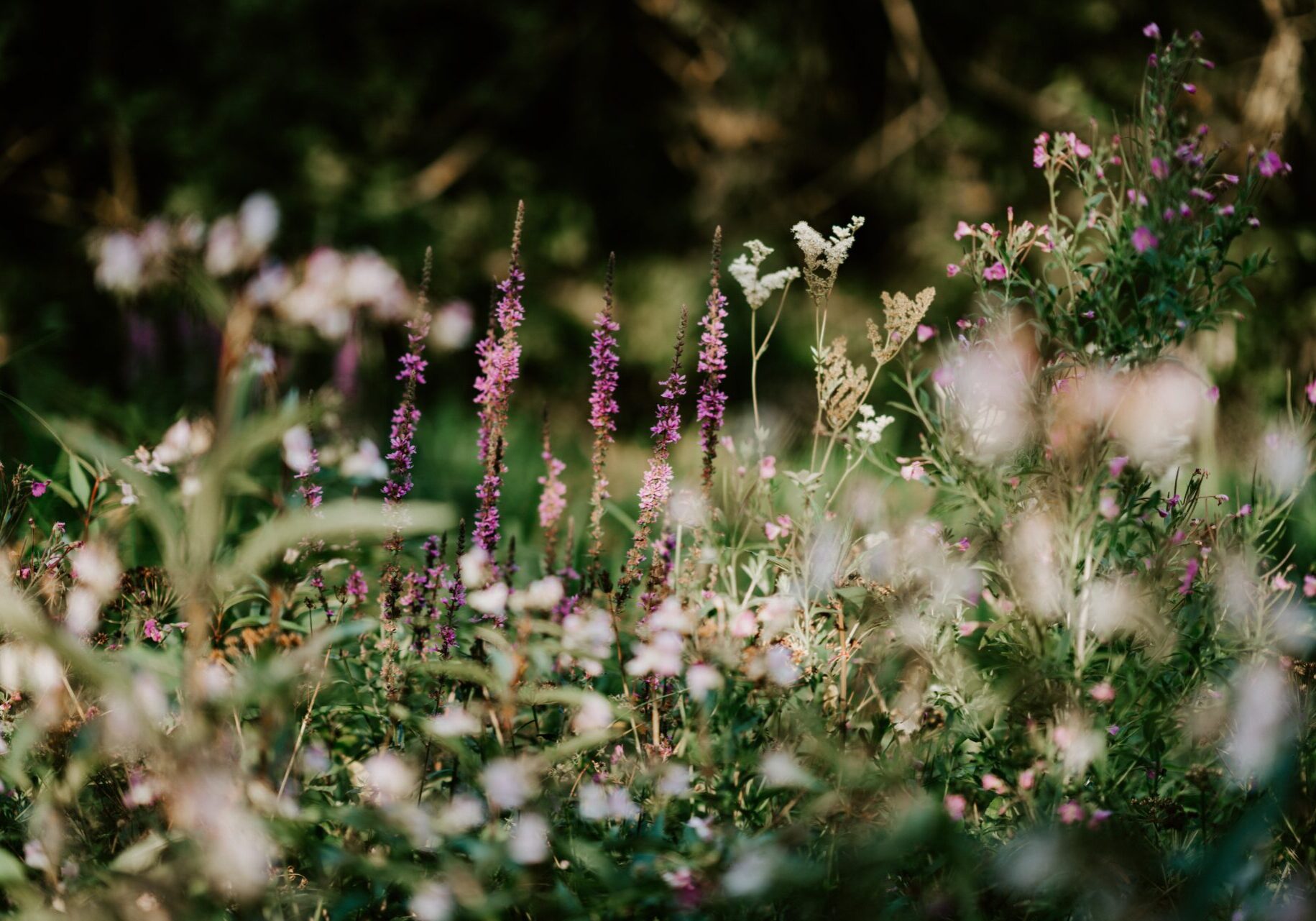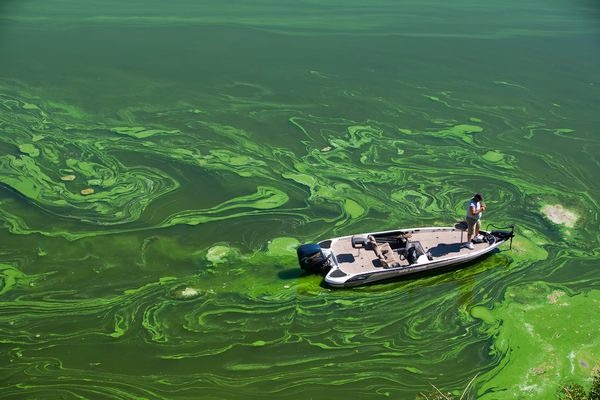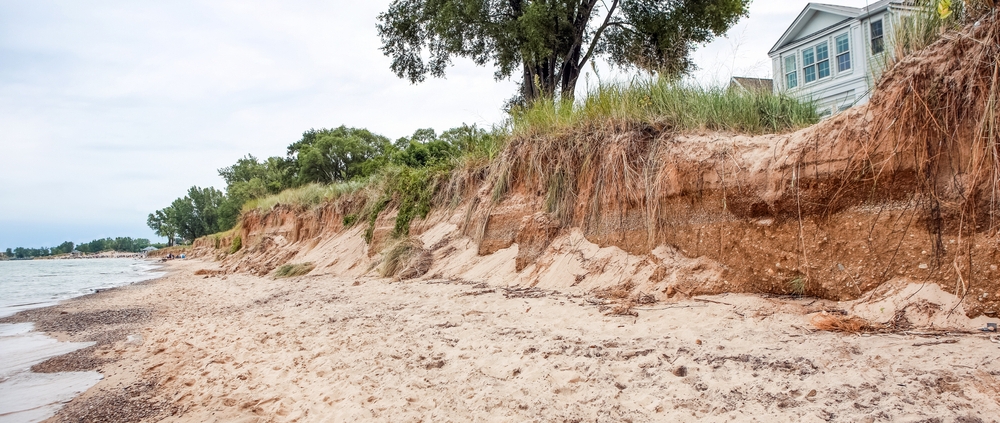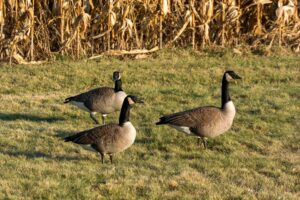Think This Improvement Area is Right for Your Lake?
☐ I have noticed properties are being flooded
☐ I have noticed properties are being flooded
☐ The shore of the lake is heavily developed with cottages, homes, and other man-made structures
If you’ve answered YES to the above questions, the Shoreland Health Improvement Area may be beneficial for your lake!
What is the Shoreland?

Healthy shorelands are as valuable to people as they are vital to lake ecosystems. The area where land meets water, collectively referred to as the "shoreland", can be both captivating and calming and is a primary focus for many recreational activities. These wide bands of water and land surround the lake and include upland areas at least 30 m beyond the water's edge. Since shorelands are ecotones, or a meeting place of land and aquatic ecosystems, they provide important food sources and habitat for 90% of freshwater species, as well as essential support for up to 70% of land-based wildlife too.
In their natural state, shorelands can be remarkably resilient and self-sustaining. However, this area is sensitive to excessive use and common human activities. Careful considerations are therefore needed to balance human recreation with lake conservation.
What Does the Shoreland Do?
Shorelands provide a number of important functions to nature and wildlife as well as to humans and their property. You can click through the menus below to learn more about just some of these various functions.
In addition to the above, natural shorelands also:
- Protect lake water quality
- Provide shade from the sun and protection from the wind
- Reduce noise and dust
- Help prevent flooding of your property
- Reduce the amount of time and money spent on property maintenance
- Provide privacy
- Provide an instant learning ground and playground for everyone
How Can I Help to Improve Shoreland Health On My Property?
Naturalize your lawn!
Turf grass does not protect the lake from pollutants like lawn fertilizer or other sprays. Opt for more native species with diverse growing patterns to help protect the water quality of your lake!
Maintain existing natural shorelines and try to re-naturalize areas that have been developed!
Some areas of your lake may have been hardened or developed to create easier access to the water. In areas like this, try to plant more native vegetation to re-wild the area to see more benefits to your property!
Replace hardened, embedded staircases with raised or floating staircases!
Not only will this allow native plants and wildlife to continue using the space underneath, but it will also help in keeping water quality high and preventing erosion of your property!
Want to Learn More?
The Blue Lakes Program has put together resources on how property owners can ensure their shorelands are healthy and intact. You can launch this guide below!

 Biodiversity refers to the variation among all living things on Earth. It ranges from the diversity of genetic information found in individuals of the same species (i.e. genetic diversity), to the number of different species (i.e. species diversity), to the diversity of whole ecosystems (i.e. ecosystem diversity).
Biodiversity refers to the variation among all living things on Earth. It ranges from the diversity of genetic information found in individuals of the same species (i.e. genetic diversity), to the number of different species (i.e. species diversity), to the diversity of whole ecosystems (i.e. ecosystem diversity).
 Natural shorelands provide food and shelter for both aquatic and terrestrial species. In fact, they are hotspots for biogeochemical activity.
Natural shorelands provide food and shelter for both aquatic and terrestrial species. In fact, they are hotspots for biogeochemical activity.
 Have you noticed certain animals roaming along the shoreline of your property? Well, it's because they have the space to do so.
Have you noticed certain animals roaming along the shoreline of your property? Well, it's because they have the space to do so.